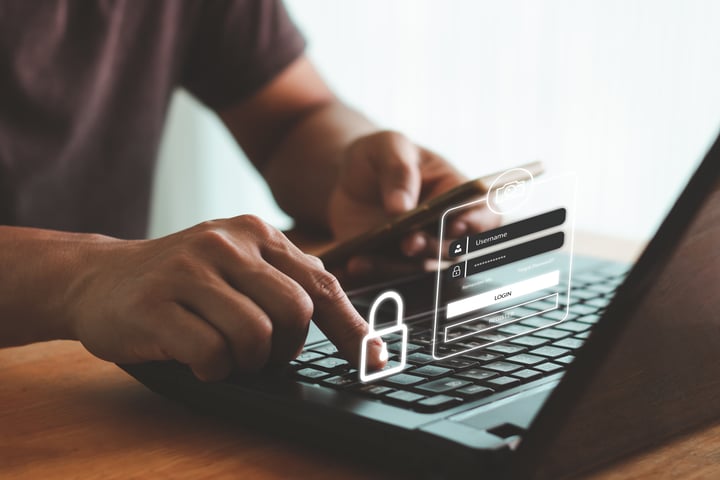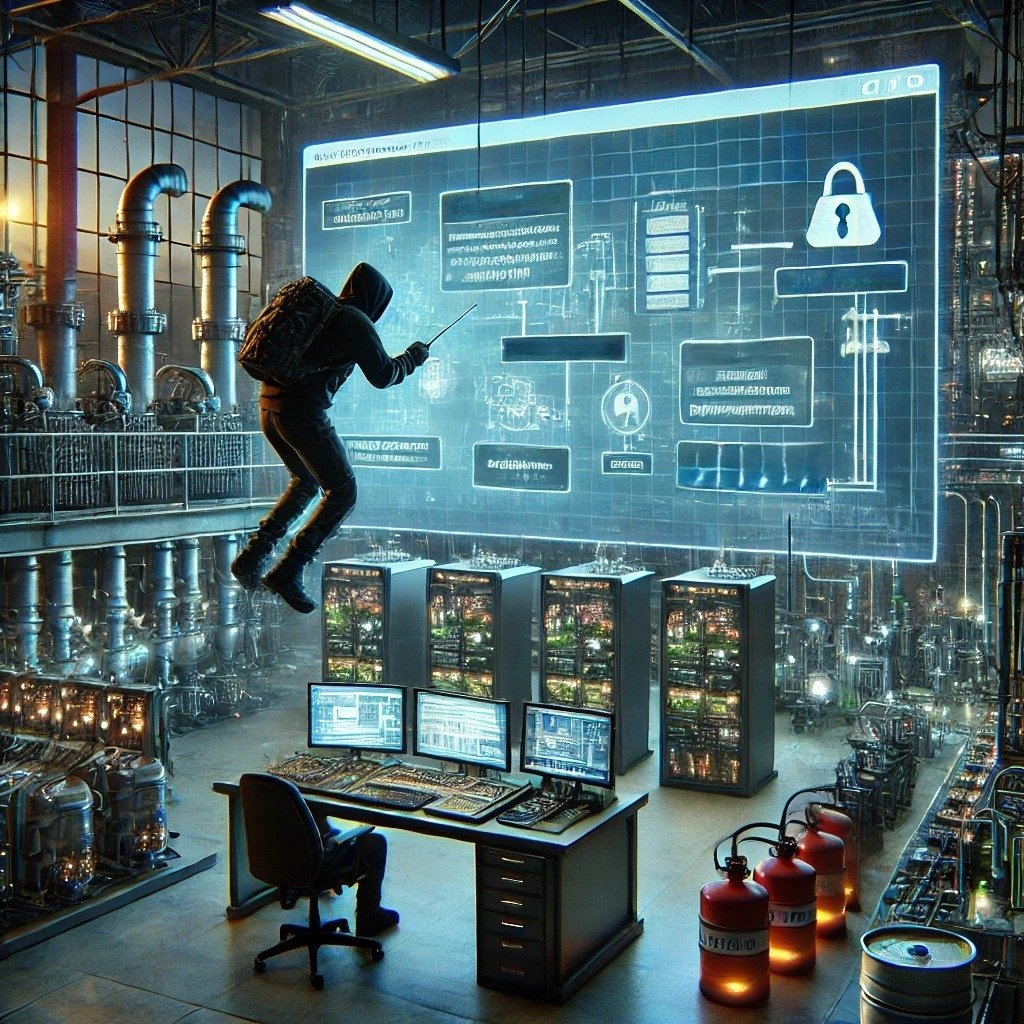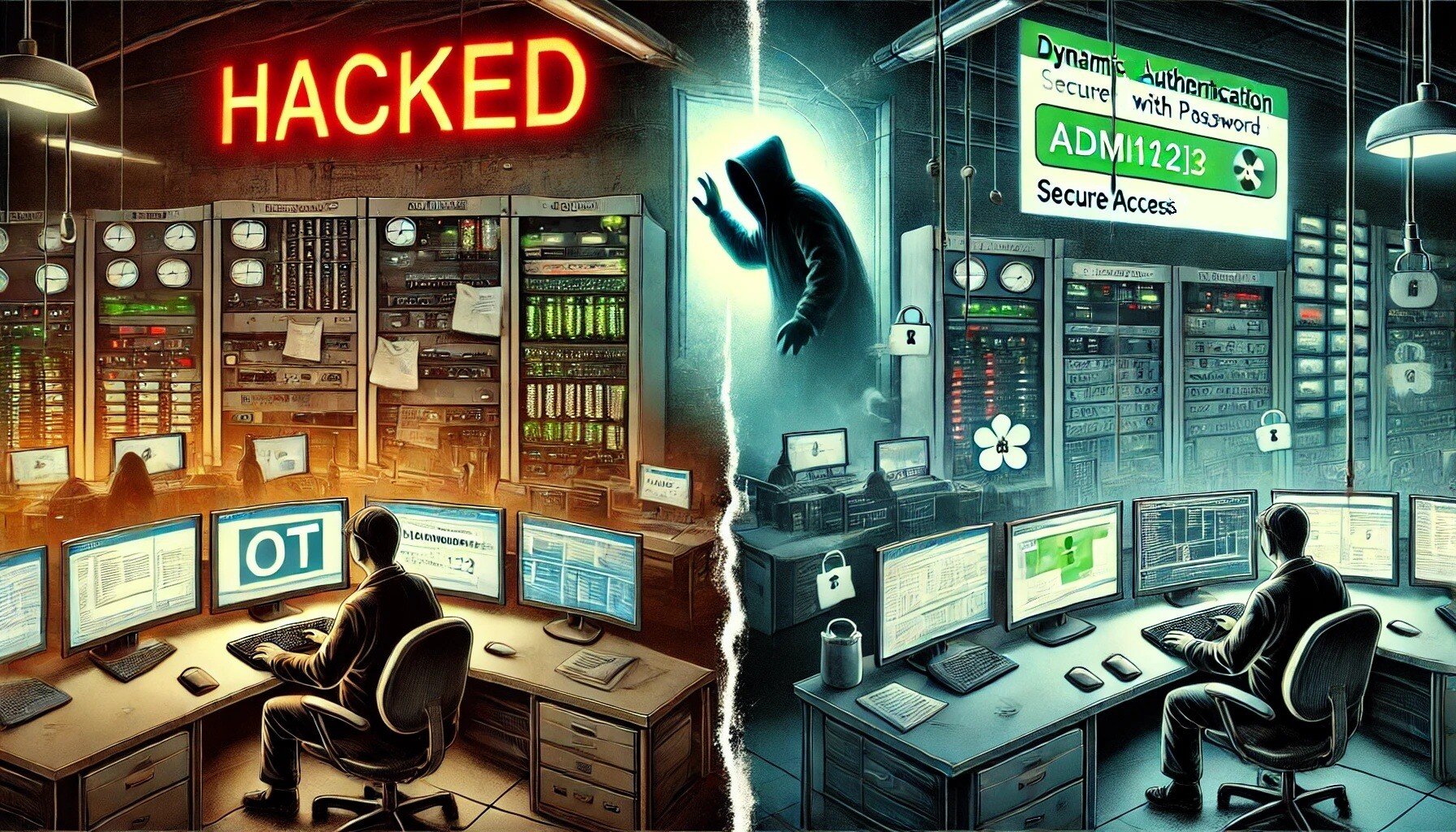Securing Operational Technology in an Interconnected World: Challenges and the Imperative of Authentication

In today's rapidly evolving technological landscape, the convergence of Operational Technology (OT) and Information Technology (IT) networks has brought about remarkable efficiency gains and automation across industries. However, this integration has also given rise to unprecedented cyber security challenges that demand our attention and action. As industries harness the power of interconnected systems to enhance operational processes, the importance of robust cyber security measures, particularly authentication processes, cannot be overstated.
The Landscape of Operational Technology Cybersecurity
Operational Technology encompasses the hardware and software systems that control and monitor physical processes in industries like manufacturing, energy, transportation, and more. Yet, the evolution of these systems often outpaced cybersecurity considerations, leaving behind a legacy of vulnerable infrastructure. The challenges confronting cybersecurity in OT environments are manifold:

- Legacy Systems: Many OT systems were designed and implemented long before cybersecurity became a paramount concern. These systems often lack modern security features, making them susceptible to cyberattacks.
- Interconnectivity: The interconnection of OT systems with broader IT networks exposes previously isolated systems to new cyber threats. This convergence enhances efficiency but also expands the attack surface.
- Awareness Gap: OT personnel might not possess a deep understanding of cybersecurity practices, potentially leading to inadvertent actions that jeopardize system security.
- Unique Requirements: Unlike traditional IT networks, OT systems often have stringent operational demands that must be balanced with cybersecurity measures. Factors like network latency and continuous operation must be considered.
- Supply Chain Complexity: The intricate supply chains of OT systems involve multiple vendors and components, making it challenging to ensure the security of every element.
- Long Lifecycle Vulnerabilities: The extended operational lifecycles of OT systems mean that vulnerabilities might persist for years without updates or patches.
- Regulatory Compliance: Various industries have established regulations and standards for OT cybersecurity. Complying with these requirements can be intricate and costly.
- Monitoring and Detection: The lack of comprehensive monitoring and intrusion detection capabilities in OT environments hinders the timely identification and response to cyber threats.
The Role of Authentication in OT Security
Amid these challenges, one fundamental principle stands out: the significance of robust authentication processes. Authentication serves as the first line of defense against unauthorized access, data breaches, and system manipulation. Implementing effective authentication mechanisms is paramount for securing operational technology. However, doing so presents its own set of obstacles.

While the recognition of the importance of authentication is growing, integrating it into OT environments is not without hurdles:
- Legacy System Compatibility: Integrating modern authentication into legacy systems can be complex due to compatibility issues.
- Operational Requirements: Authentication mechanisms must be chosen with careful consideration of the operational constraints of OT systems. These systems often prioritize real-time operation and might not tolerate latency or downtime.
- Human Factor: OT personnel might lack the training needed to seamlessly adopt and manage new authentication processes.
Towards a Secure OT Future
The challenges of securing operational technology in an interconnected world are undeniable, but the urgency to address them is equally clear. Organizations must bridge the gap between OT and IT security practices, acknowledging the unique demands of OT environments. This involves:

- Investing in Training: Equipping OT personnel with cybersecurity training is essential to ensure that they understand the risks and can contribute to secure practices.
- Adopting Modern Authentication: Organizations should prioritize the integration of strong authentication mechanisms, such as One-time Authentication Code (OTAC) technology, that align with the operational requirements of OT systems.
- Continuous Monitoring: Establishing robust monitoring and detection capabilities tailored to OT environments will enable prompt responses to emerging threats.
- Collaboration: Industries, governments, and cybersecurity experts must collaborate to develop standards and regulations that facilitate secure OT practices.
In conclusion, the path to securing operational technology in our interconnected world is riddled with challenges, but the goal is clear: safeguarding critical infrastructure from evolving cyber threats. As industries continue to embrace the benefits of automation and connectivity, the imperative of authentication becomes undeniable. By addressing the challenges head-on and fostering a culture of cybersecurity awareness, we can pave the way for a safer, more resilient future for operational technology.
--------------------

swIDch will continue its quest to innovate and pioneer next-generation authentication solutions. To stay up-to-date with the latest trends sign up to our newsletter and check out our latest solutions.

When people think of cyberattacks, they often picture stolen data, financial fraud, or personal privacy violations.

In the realm of Operational Technology (OT), the security measures applied to protect critical infrastructure systems

In the world of Operational Technology (OT), firmware updates are a necessary but often overlooked aspect of
Looking to stay up-to-date with our latest news?